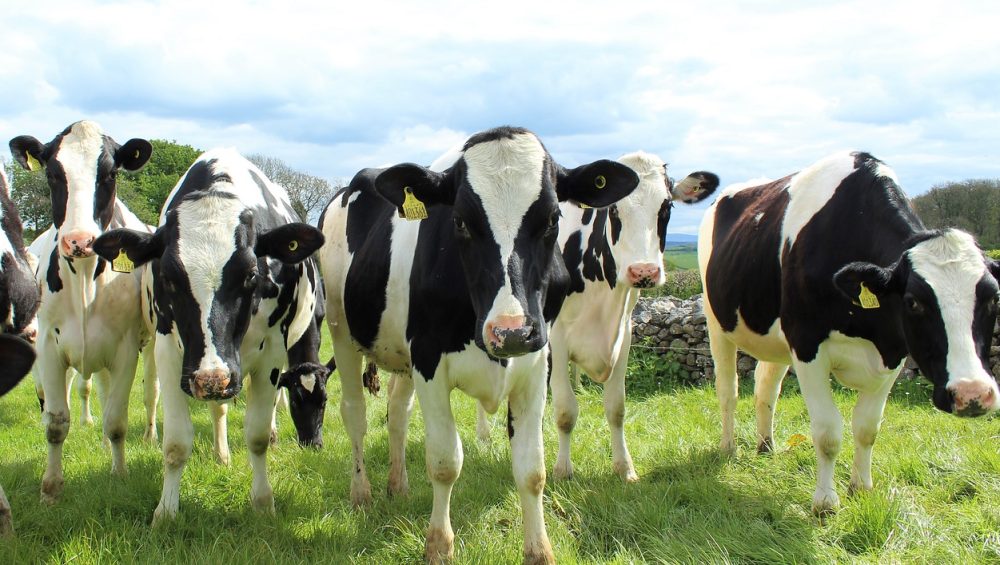Dairy farming is the single largest sub-sector of agriculture. It contributes 14 per cent of Agriculture (GDP) with an annual growth rate of 4.1 per cent.It is the most rapidly expanding sub-sector in sub-Saharan Africa with over 85 per cent of the dairy cattle population in Eastern Africa.
According to a senior Veterinarian having at least ten cows makes you have a good business case.
Breeds
The main breeds for dairy production are Friesian, Guernsey, Ayrshire, Jersey and their crosses.For the breeds, The veterinarian advises farmers to look at production per day rather than the type of breed.
“I would not advise a farmer to focus on a particular breed. But they should narrow down to production per day because that is where the business is.
“For a farmer, keeping any of the above-mentioned breeds and getting three litres of milk, demonstrates you are not in business. Why? With three litres of milk, that cow cannot feed itself. It cannot even acquire veterinary services. For you to say you are in the dairy business, your cow should at least be able to give you 20 litres per day.”
The doctor says having at least ten cows makes you have a good business case.
![]()
“There is also the issue of numbers. Because you may have just a single cow which produces maybe 60 liters of milk, you may not be in business as well. Why? Because there are so many bills to be paid.
But with numbers like ten cows, then it makes more business sense.” “While some cows are in the dry period, some are giving birth and others are coming on heat. With this, you have consistency in production,” he says.
Each production level of animals requires different quantities of concentrates
Feeds
A high producing dairy cow requires a diet that supplies the nutritional needs for high milk production.
“You cannot talk about being a dairy farmer without first knowing how you are going to sustainably feed your animals with the products that are nutritious but cost-effective,” says daktari.
Good forages for dairy cows include grasses such as Kikuyu, Napier, Boma Rhodes, lucerne hay, Brachalia, sweet potato vines, desmodium, sorghum, maize, and so on. Good quality maize silage leads to other forages in the nutrition quality.
Concentrates are high protein and high energy feeds made from different formulae.
![]() Examples of concentrates are dairy meal, maize germ, wheat bran, undiluted molasses, and seed cakes.Each production level of animals requires different quantities of concentrates and the Vet gives a formula you can use to mix the concentrates for your cows.
Examples of concentrates are dairy meal, maize germ, wheat bran, undiluted molasses, and seed cakes.Each production level of animals requires different quantities of concentrates and the Vet gives a formula you can use to mix the concentrates for your cows.
“X minus 5 divided by 2. For example, a cow that produces 20 litres, 20-5=15 /2 =7.5 kilos of concentrate of dairy meal. This is the amount you feed per day, distribute it to the number of milking times.
“I always advise farmers to be consistent with their milking time. Stick to a strict routine,” he says.
Milk is composed of approximately 87 per cent water.The water trough, he explains, should be cleaned every day to remove dirt and germs. Using tiles to construct water troughs also helps to keep water cool.

Feeding your animals right will ensure you have consistent production and healthy heifers which are your farm’s next generation. So you raise them right to be better than their mothers.
In housing, according to daktari, you group calves together for them to groom each other and bond.
Housing
In dairy farming, the vet says, housing is a critical aspect. The aim is to make cows so comfortable, they concentrate all their energies on producing milk and growth.
“Consider how many animals you want to keep when you think about housing to avoid cases of overcrowding. Animals spend 60 per cent of their time lying down and that’s when they produce milk.
The cost of construction is very key. For instance, a 100 by 100 or 100 by 50 will be enough for a zero-grazing unit.”
“Buy them mattresses for sleeping to add them comfort so that they produce more,” he says.
Dr Kang’ethe says for drainage, ensure there is some gradient on the floor so that urine flows into a pit and, routinely clean the area. This will keep the area clean enough to keep off flies and insects that would bring diseases.
In housing, according to daktari, you group calves together for them to groom each other and bond.If you keep them in solitary confinement, you deny them their freedom to associate.